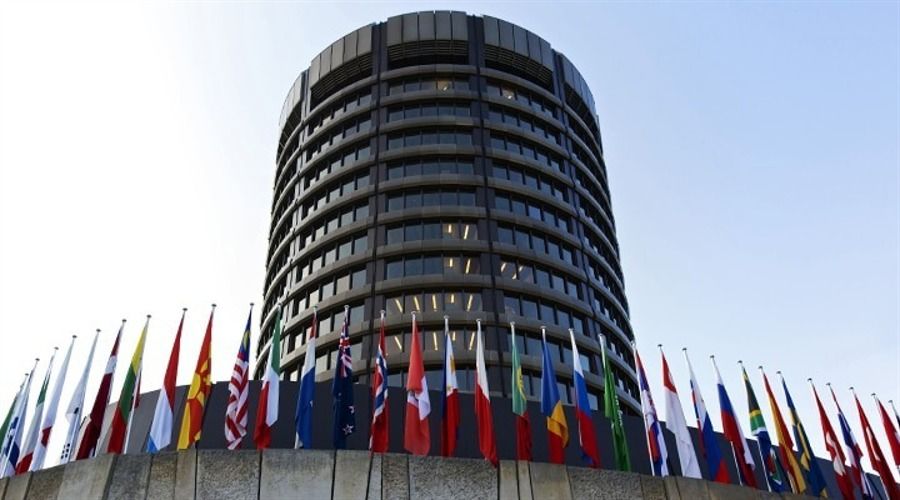The Basel Committee on Banking Supervision has recently released an amended version of its Crypto Asset Standard, introducing a classification system that gives preferential treatment to permissioned stablecoins. This decision has sparked controversy within the cryptocurrency community and could have far-reaching implications for the stablecoin market.
Under the new ruling, permissioned stablecoins like JPM Coin will be classified as Group 1b assets, subject to capital requirements based on the risk weights of underlying exposures as outlined in the existing Basel Framework. In contrast, popular stablecoins such as Tether’s USDT and USDC have been placed in the more restrictive Group 2 category. This classification imposes conservative capital treatment, effectively limiting the exposure that traditional financial institutions can have to these assets.
The crypto community has largely criticized this move, with many arguing that it unfairly favors banks and could potentially stifle innovation in the tokenized cash market. Critics, including industry experts like Austin Campbell, founder of Zero Knowledge, suggest that the Bank for International Settlements (BIS) is attempting to rig the system in favor of traditional banking institutions rather than fostering fair competition in the rapidly evolving digital asset space.
This development comes amid a wave of cryptocurrency regulations worldwide, including the European Union’s MiCA framework and new mining regulations in Russia. As the regulatory landscape continues to evolve, the Basel Committee’s ruling could significantly impact the stablecoin market, potentially altering institutional investment patterns and reshaping the competitive dynamics between traditional and decentralized finance.





